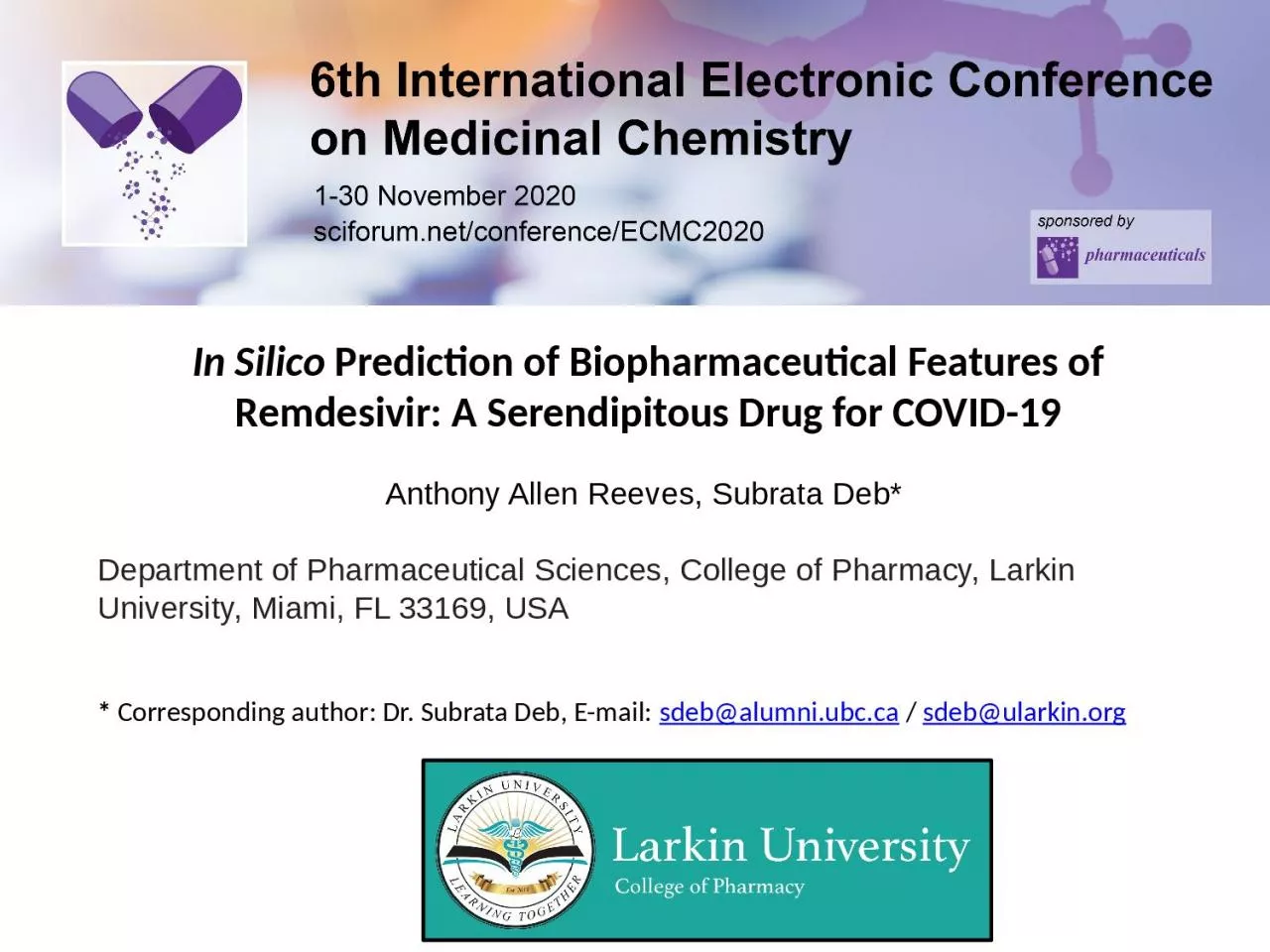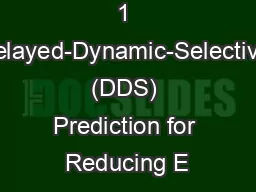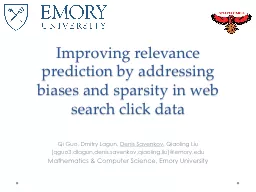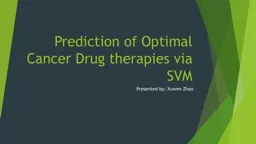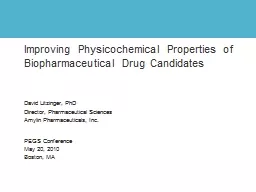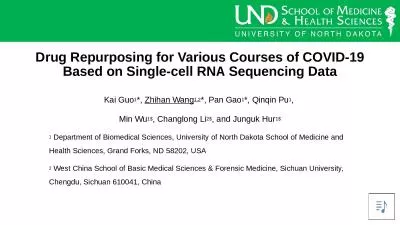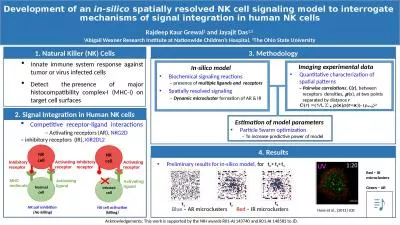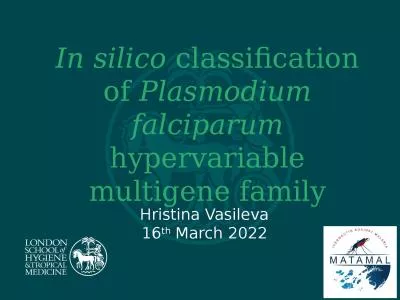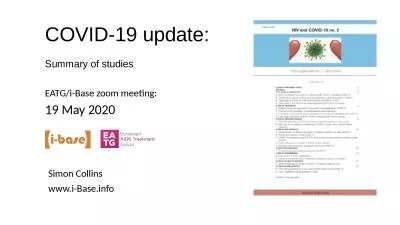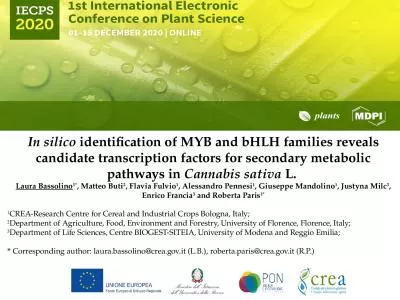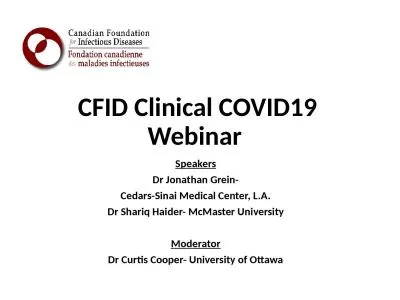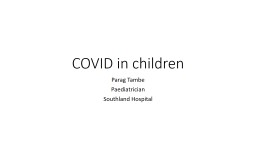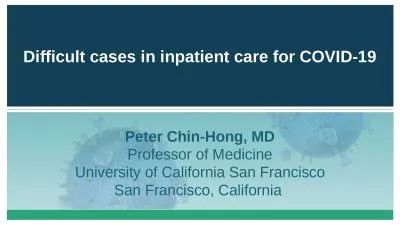PPT-In Silico Prediction of Biopharmaceutical Features of Remdesivir: A Serendipitous Drug
Author : Shadowlord | Published Date : 2022-08-04
Anthony Allen Reeves Subrata Deb Department of Pharmaceutical Sciences College of Pharmacy Larkin University Miami FL 33169 USA Corresponding author Dr Subrata
Presentation Embed Code
Download Presentation
Download Presentation The PPT/PDF document "In Silico Prediction of Biopharmaceutic..." is the property of its rightful owner. Permission is granted to download and print the materials on this website for personal, non-commercial use only, and to display it on your personal computer provided you do not modify the materials and that you retain all copyright notices contained in the materials. By downloading content from our website, you accept the terms of this agreement.
In Silico Prediction of Biopharmaceutical Features of Remdesivir: A Serendipitous Drug: Transcript
Download Rules Of Document
"In Silico Prediction of Biopharmaceutical Features of Remdesivir: A Serendipitous Drug"The content belongs to its owner. You may download and print it for personal use, without modification, and keep all copyright notices. By downloading, you agree to these terms.
Related Documents

